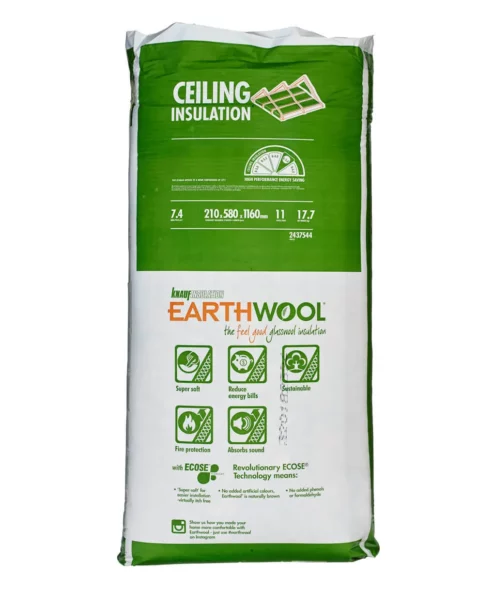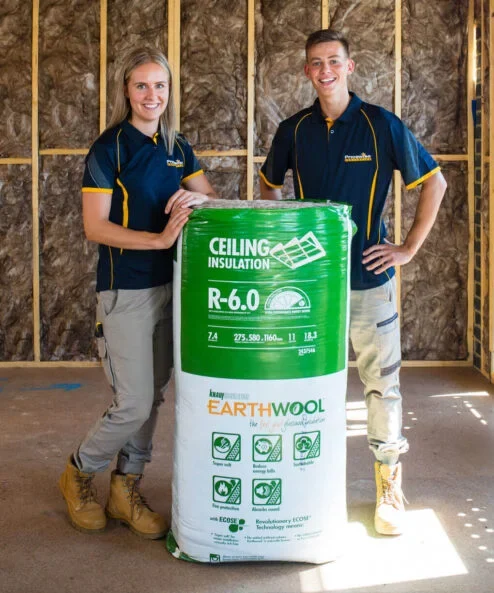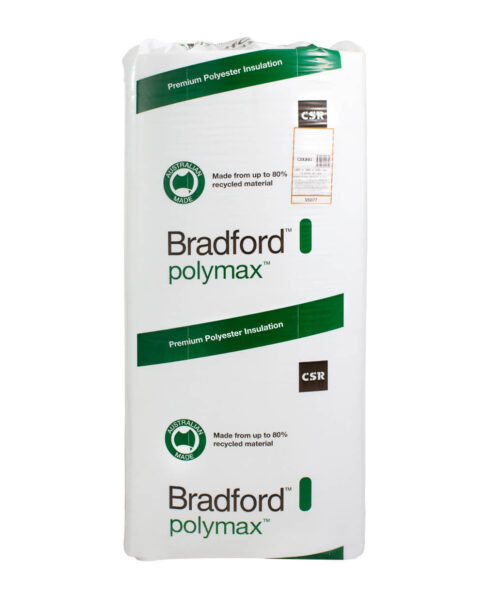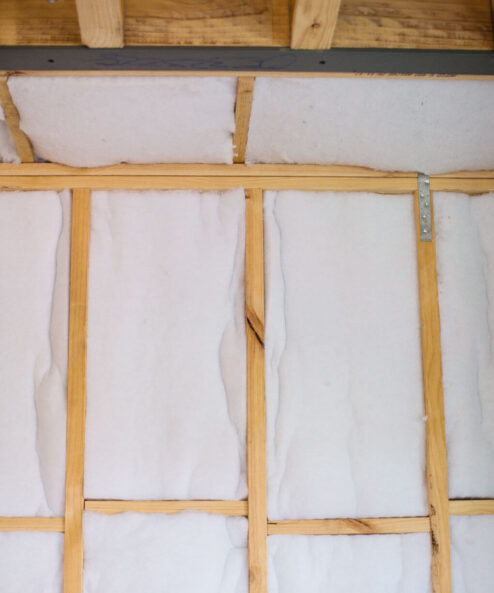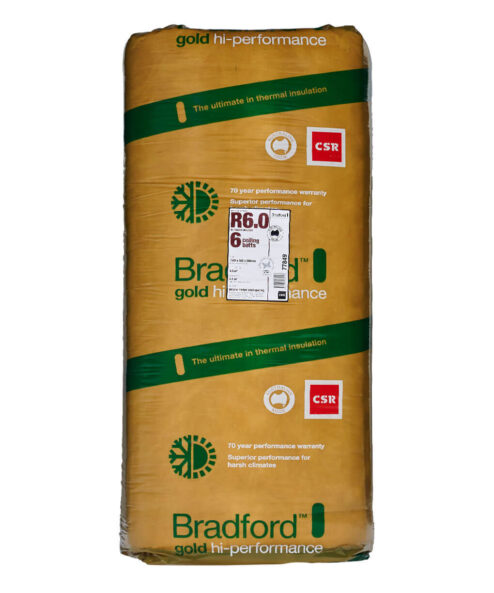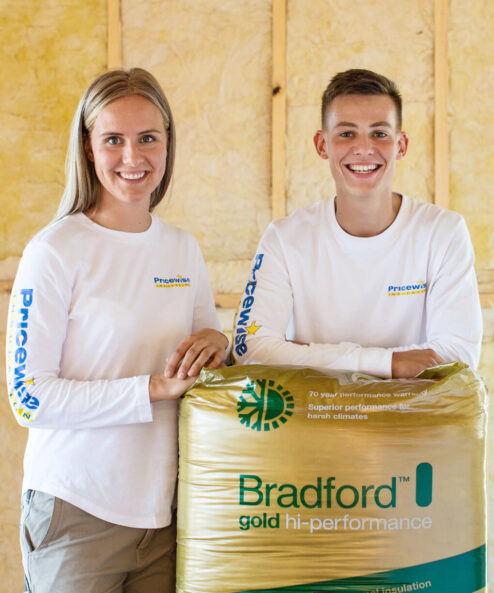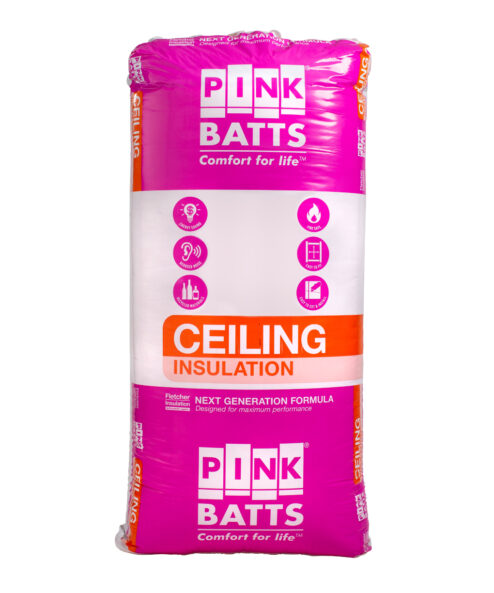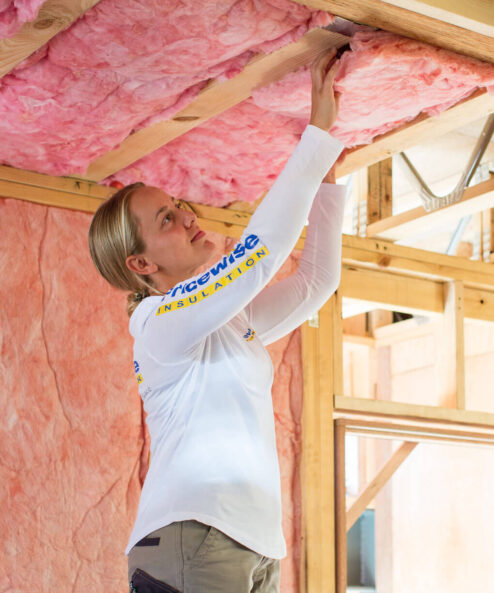Insulation Tips
Reducing Energy Consumption in the Home
Most Australians would be aware that the cost of energy (gas and electricity) has risen dramatically in recent years. There are many simple ways of reducing your energy consumption, with the added environmental benefit of reducing carbon emissions. Following some of the steps below could potentially save you hundreds of dollars a year on gas and electricity.
What are the Largest Contributors to Energy Consumption?
By becoming aware of where energy is used in your home, you can begin to reduce it. The main energy user in an average Australian home is heating and cooling, followed by the hot water service, other appliances and lighting. Out of other appliances, the ones that use most energy are the fridge/freezer, cooking appliances and the TV. Having appliances in stand-by mode (as opposed to switched off at the wall) also uses a lot of electricity.
Heating and Cooling
Only heat or cool the rooms you are using, and close the doors to other rooms. Block off draughts. Let the sun in in winter to help warm the house, and then shut the curtains or blinds at night to reduce heat loss. Dress for the weather, and set the thermostat temperature to a few degrees lower for heating, and a few degrees higher for cooling. It is much cheaper to put a jumper on than to heat the whole house a few more degrees! When cooling, fans are the most energy efficient. Use them in preference to air conditioners.
Hot Water Service
Reduce hot water use by installing water efficient shower heads and taps. Use cold water where possible, for example in dishwashers and washing machines.
Other Appliances
Keep appliances well maintained – for example, check the seal on the fridge door and the filter in the dishwasher. Unplug them when not in use, as they still use energy when in stand-by mode. Follow the manufacturer’s instructions to operate your appliances efficiently. For example, use the lowest temperature and shortest cycle you need for your dishwasher and washing machine. Hang clothes to dry instead of using the dryer. If using the dryer, spin the clothes as dry as possible in the washing machine first.
Lighting
Choose energy efficient light globes and only switch lights on when needed.
Roof Insulation and Other Energy Saving Investments
The above tips can cheaply and easily be implemented in most homes. There are other measures you can take which will cost money up-front but can save you in the long term. Some of these are quite simple, such as installing thick curtains to keep heat in in winter, and outside blinds or shutters to keep heat out in summer. Insulating your home will also reduce the need to heat and cool it, and thus the amount of energy required. These days insulation is typically installed in the ceiling, walls and underfloor of new homes, but this was not the case decades ago. Roof insulation can usually be installed in existing homes fairly easily and will make a big difference to your energy consumption. Solar hot water systems and solar panels may also reduce your energy bills. Reducing energy consumption in simple ways is able to save the average household a lot of money and is beneficial to the environment.




